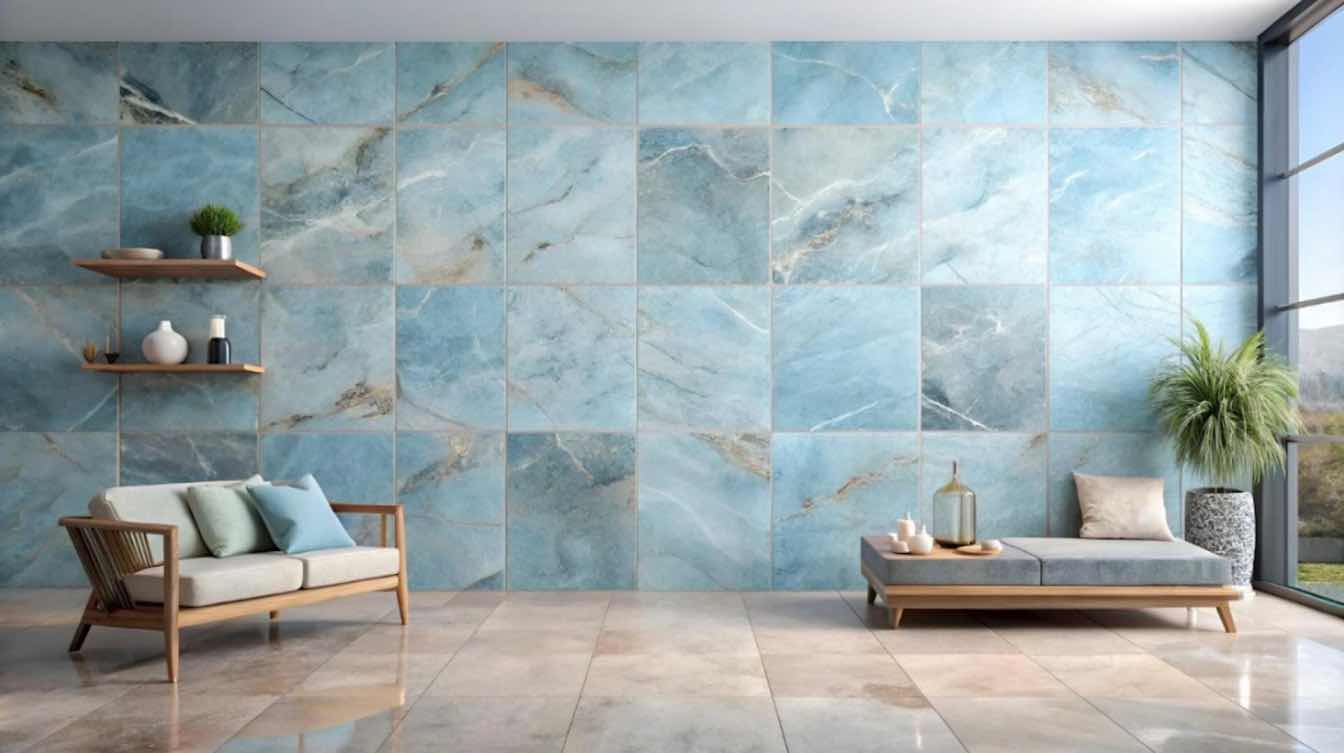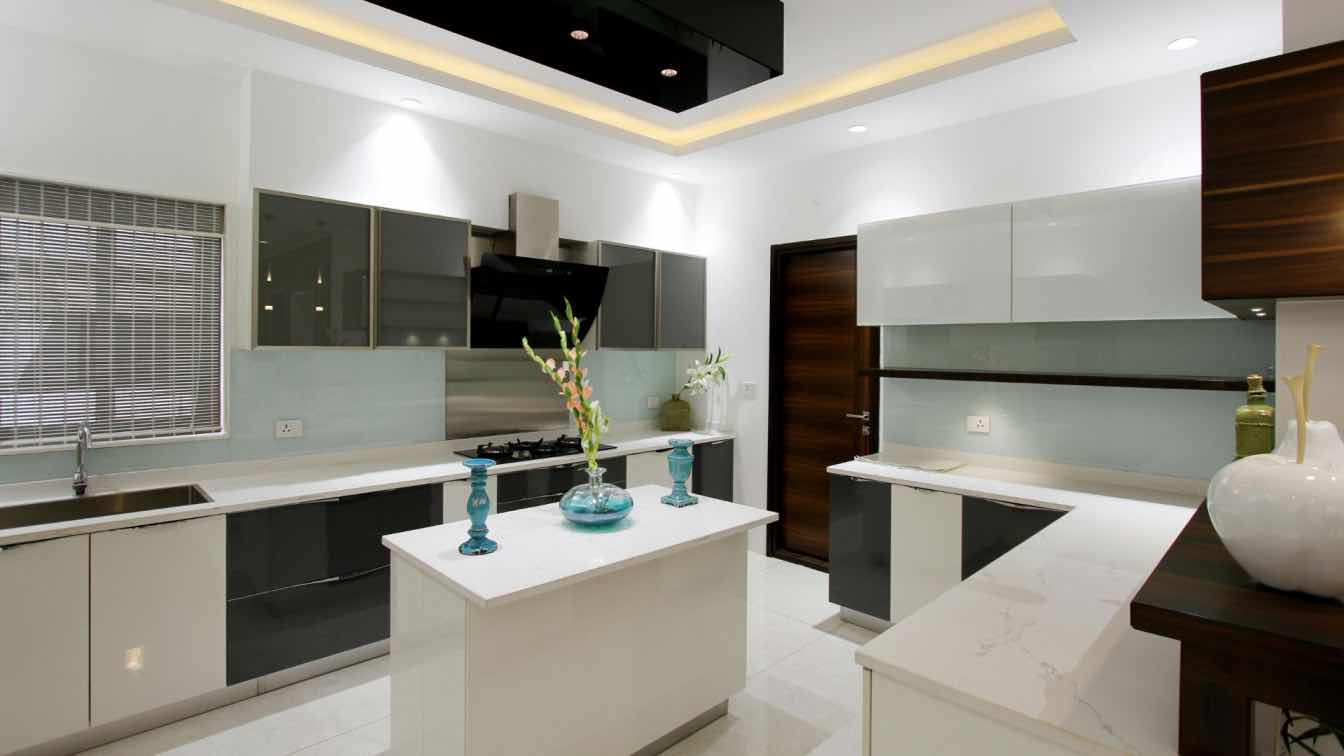Some buildings stand as if frozen in time, their lines and materials seemingly untouched by the years. Yet the world around them is never still. Trees stretch higher, light shifts with the seasons, and planted spaces settle into their character. These outdoor environments don’t just frame the architecture; they shape how it’s experienced. The most memorable structures are those designed with this ongoing conversation in mind, where the land and the building grow into each other over decades.
The Dialogue Between Architecture and Landscape
A well-designed building and its surrounding landscape speak the same language, even if they use different materials. The structure sets the tone, its geometry, scale, and textures influencing how paths curve, where plantings are placed, and how sightlines unfold. In turn, the landscape softens hard edges, draws the eye toward focal points, and guides the flow of people through the space.
In urban plazas, trees might be arranged to echo the grid of a façade. On a coastal campus, plantings could mirror the natural dunes beyond. These choices aren’t accidental; they’re part of an intentional choreography that ensures each element enhances the other. When architecture and landscape design are developed together, the result is a unified experience that feels inevitable, as though the building could never have existed without its surroundings.
Growth, Change, and Seasonal Transformation
Landscapes are never static. A young grove of trees beside a new cultural center will look entirely different a decade later, its canopy widening to cast patterns of shade that didn’t exist when the building first opened. Perennials emerge and recede in rhythm with the seasons, altering the palette of colors around the structure. Even the way light falls on a façade shifts as nearby vegetation matures, creating shadows and highlights that weren’t part of the original blueprint but now feel essential to the design.
Some architects plan for this gradual transformation from the start, selecting species that will age in step with the building. Others work with landscape designers to create spaces with distinct seasonal identities, such as spring blossoms that soften modern lines, summer foliage that offers shade, autumn tones that enrich stone and concrete, and winter silhouettes that sharpen the geometry. Over time, these changes add a depth of character that only living design can provide.
The Role of Landscape Management in Design Longevity
A landscape may be conceived with artistry, but without consistent care, its harmony with the architecture can fade. Plants outgrow their intended shapes, sightlines become obscured, and hardscape elements weather in ways that disrupt the original balance. For large properties, especially those serving the public, this is where commercial landscape management plays a pivotal role.
It’s a discipline that blends horticultural knowledge with an understanding of spatial design. Routine maintenance keeps plantings healthy and proportionate to the building, while thoughtful adjustments ensure the landscape continues to complement the structure as both evolve. Whether it’s pruning to preserve a framed view, replacing aging plant material with better-suited species, or maintaining the clarity of walkways and gathering spaces, these efforts protect the integrity of the design for decades.
Sustainable Practices in Living Architecture
Designing outdoor spaces that endure calls for systems that work with the environment. Thoughtful plant selection trims water use, layered vegetation supports biodiversity, and soil health keeps landscapes resilient. In commercial settings, weather-responsive irrigation protects resources without sacrificing plant vigor.
Some of the most resilient landscapes apply the principles of green infrastructure, incorporating native and climate-appropriate species, permeable surfaces, and water-management strategies that slow, store, and filter runoff. These choices help landscapes age in harmony with the architecture, reducing long-term strain while keeping the original design intent intact.
Case Studies — Buildings Where Landscape and Architecture Evolve Together
On the outskirts of Copenhagen, the Tietgen Student Hall curves around a shared courtyard planted with trees that now tower above the first-floor windows. When the building opened in 2006, the landscaping was fresh and spare; today, it feels like a sheltered grove, softening the building’s sharp geometry and creating an intimate outdoor room for residents.
In Singapore, the PARKROYAL on Pickering rises like a vertical garden. Its terraced planters and cascading greenery blur the line between structure and foliage, while the maintenance team carefully manages growth so that the vegetation never overwhelms the building’s sculptural forms. The effect is both lush and precise, a testament to the ongoing relationship between design and care.
Historical examples tell the same story. The gardens at the Alhambra in Granada have shifted in character for centuries, with plantings changing to suit the climate and cultural tastes of each era. Yet through careful stewardship, the landscape continues to frame the Moorish architecture with the same sense of harmony that first defined it.
Designing for the Future
When architects and landscape professionals collaborate from the earliest stages, they can anticipate how both elements will mature together. Plant selections are matched to the building’s scale, and spaces are shaped with future growth in mind, from tree canopies that will one day shade a plaza to groundcovers that will define the edges of a path.
This forward thinking is especially important in projects intended for public use, where wear and weather can quickly alter the intended look and feel. Integrated planning, much like the approach taken in high-performing commercial building design, allows for adjustments over time, preserving both function and aesthetic value. Examples like the stepped gardens of civic centers or the layered planting schemes in cultural districts show how intentional outdoor design supports a building’s purpose for decades.
The Ongoing Life of a Building
Architecture might be drawn in ink and built in stone, but the landscapes around it live and change. With each passing season, plants grow, colors shift, and the relationship between structure and setting deepens. This evolution is part of the building’s story, adding texture and meaning that can’t be captured in the original plans.
When design and care work hand in hand, from the first concept sketches to decades of attentive upkeep, outdoor spaces remain true to their intent while embracing the beauty of change. In that partnership, the architecture never truly stands still; it continues to grow, breathe, and belong to the place it inhabits.





